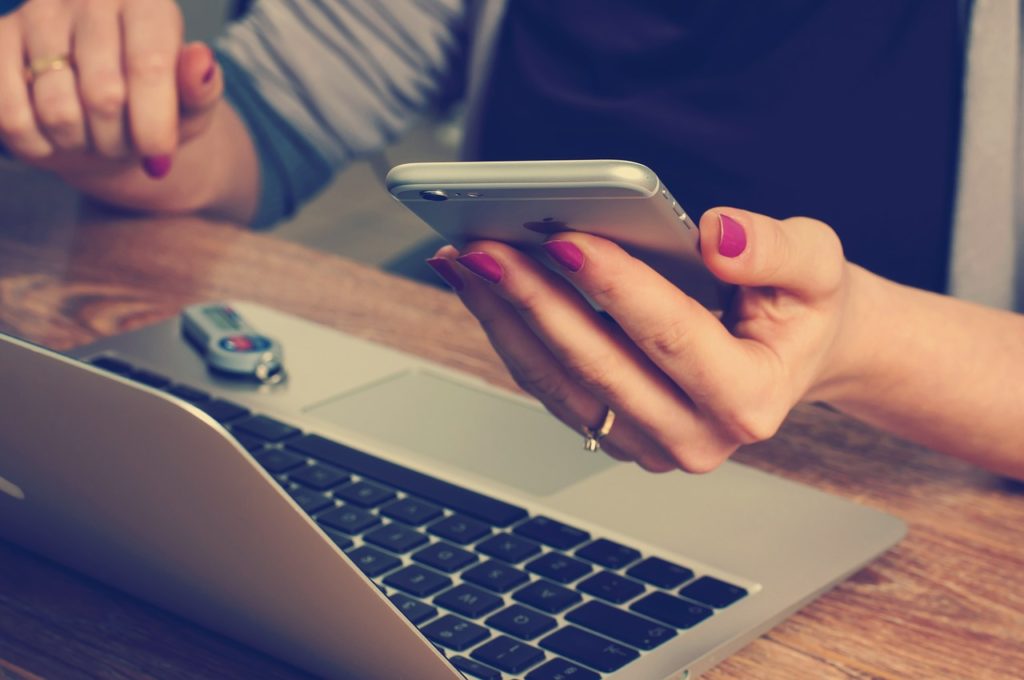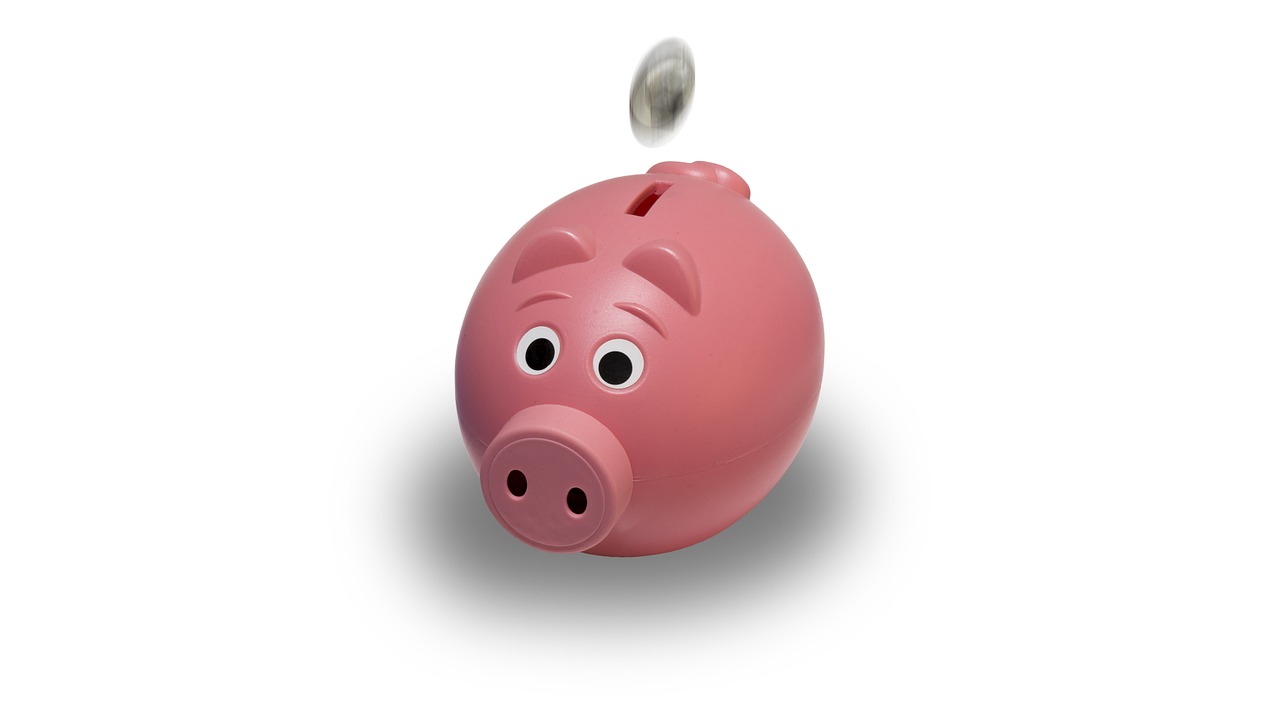While saving for the future—particularly for retirement—is important, you also need to have money set aside for emergencies. If the unexpected happens, such as layoffs or natural disasters, you should have money in savings to tide you over while you get back on your feet. People who do not have an emergency fund should start saving today. After all, having some money to fall back on is better than none at all. Some people do not know exactly how much to save or where to place money set aside for emergencies. Following is a brief guide to help you get a better idea of how to boost your financial security:
How much do you need to save?
When people begin to set money aside for emergencies, it is best if they have a specific goal in mind. However, there is some debate about what constitutes the optimal amount of money you should save. Some financial professional recommend that you save enough money to cover expenses for three months, while others say that you should have enough savings to cover at least six months’ worth of expenses, if not more.

As you attempt to calculate a number, you need to keep in mind that the savings should not be meant to replace your usual income during those months, but should instead be sufficient to meet basic expenses. When emergencies occur, people will naturally avoid luxuries such as new clothes, vacations, and expensive meals. Thus, the amount you need may be less than you initially thought. Since saving six months’ worth of your salary might seem like an insurmountable task, you may want to initially set smaller financial goals and slowly work your way up to a larger amount.
You should include monthly expenses such as housing, food, utilities, transportation, and health care. In addition, any debt payments will be considered part of your monthly financial needs. Everything else should be cut from your budget, including entertainment and future savings. Importantly, remember that an emergency savings should be considered temporary.
Some people may want to save even more than the guidelines recommend. Individuals in volatile industries or those with an unsteady income, for example, can feel more secure in knowing that they have more money set aside for difficult times.
Where should you keep your money?
Since an emergency fund needs to be accessible at any time, liquidity is key. While you may feel tempted to invest your emergency funds, this can cause serious issues if you need the money quickly. At the same time, the money should not be so accessible that you are tempted to draw on it for vacations or everyday spending. Financial professionals often recommend that people create an account separate from their usual checking and savings accounts so that it is slightly hidden, but still easily accessible when needed. Some financial professionals recommend using an online bank since it prevents easy withdrawals while keeping your money relatively easy to access. If you plan to start small and build upon your savings, you may want to check into credit unions, since they tend to require lower minimum amounts to open an account.

People may want to consider saving their money in a variety of different places, such as standard savings accounts or money market accounts that allow for easy withdrawals. If you really want to make money on your savings, they can purchase short-term certificates of deposits. In the latter is the case, completely liquid funds should be available in a different account.
What is the best approach to saving?
Most people will need to save a little bit at a time before they reach their goal. Any amount saved helps. For example, skipping one lunch a week by eating leftovers from the night before can free up $10 to put into your account. After a year, the account will have $500. You should treat payments to your emergency account like any other bill and set a realistic monthly goal. Over time, individuals can increase the amount if they get a raise or other source of income. In addition, when other bills are paid off, people can redirect the money to their emergency fund account until they reach their goal.
Many people set up automatic monthly transfers to their emergency fund accounts so that they will never see the money, and everything happens automatically. This approach will steadily build up your account. In this strategy, you need to budget carefully to ensure that you can afford the monthly payment without going into debt. Pulling money out of the account to cover other bills defeats the purpose of saving.
Once you set aside sufficient funds in your emergency account, you should dip into it only when absolutely necessary. You may need to use the savings to pay for emergency car repairs, to replace an appliance, or to pay bills while unemployed. All of these expenses are generally unforeseen, and the savings will help you to avoid going into debt. People who frequently find themselves using the money to cover annual expenses such as insurance payments need to reevaluate their budgets. When you do use the money to cover an emergency expense, you should make an effort to replenish the emergency fund quickly.

